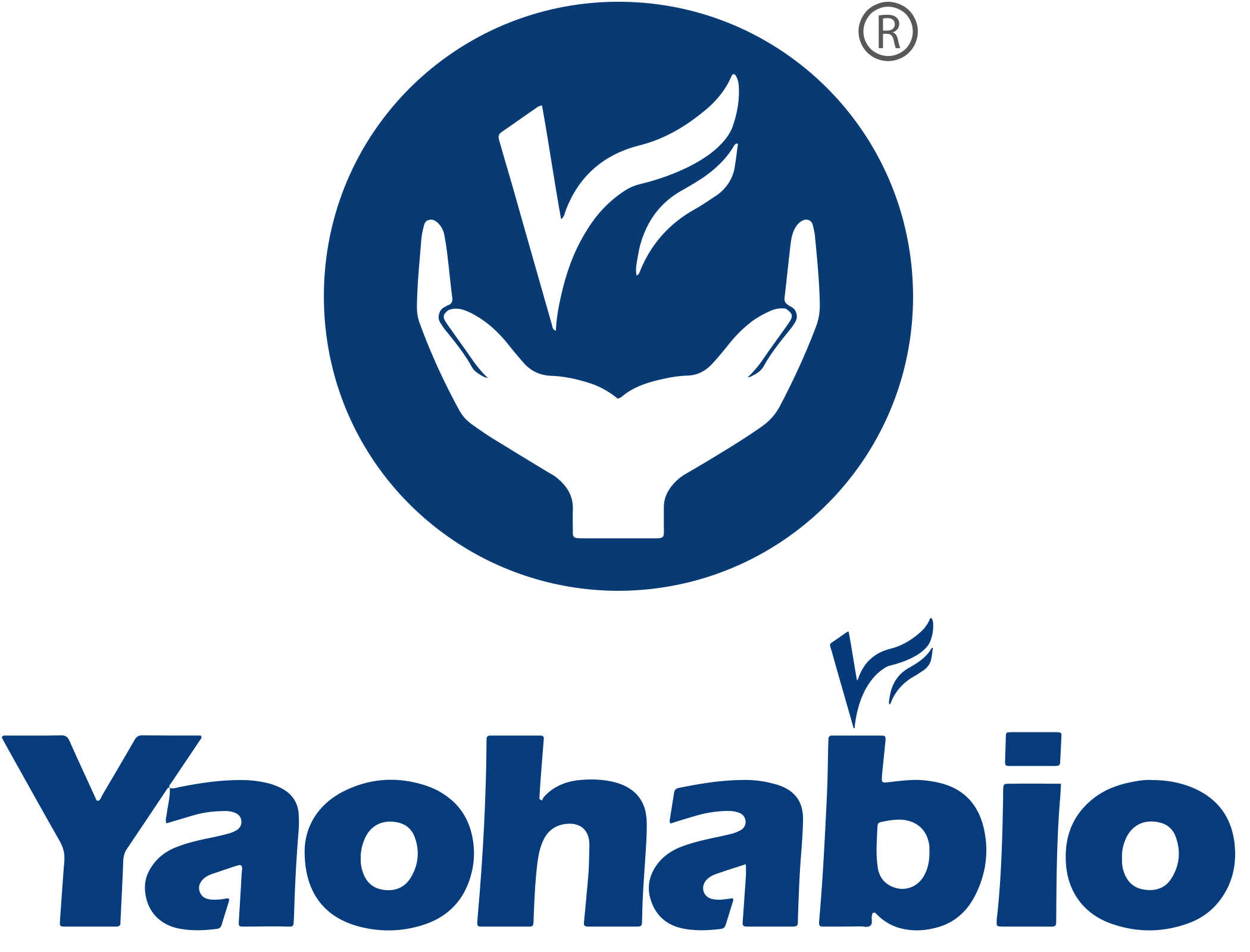The bacteria that cause the extremely contagious disease strangles, sometimes referred to as "distemper," is called Streptococcus equi, or S. equi. When S. equi infections occur, there is a significant inflammatory reaction. Fever, dysphagia or anorexia, stridor, lymphadenopathy, and abundant mucopurulent nasal discharge are examples of clinical symptoms.
Clinical signs may include fever, dysphagia or anorexia, stridor, lymphadenopathy; and copious mucopurulent nasal discharge. Although strangles usually affect young horses (weanlings and yearlings), horses of any age can be infected. S. equi can be transmitted through direct contact with infected horses or sub-clinical shedders, but also through indirect contact with water troughs, hoses, or attendants’ hands and clothing.
Vaccination against S. equi is suggested on premises where strangles are persistent endemic problems or for horses that are expected to be at high risk of exposure. There are several vaccines available for S. equi, including recombinant subunit vaccines.
Strangvac, Recombinant S. equi Vaccine
Strangvac is a multi-component chimeric fusion protein vaccine used to prevent S. equi. The active ingredients of Strangvac are derived from CNE, SclC, SclF, SclI, and EAG (fused as CCE), SEQ_0402 and SEQ_0256 (fused as Eq85), and IdeE produced in Escherichia coli (E. coli). Strangvac uses purified quillaia saponin QS-21 (Fraction C) as an adjuvant.
Strangvac was developed by Intervacc and obtained a marketing authorization valid from EMA in August 2021.
Yaohai Bio-Pharma Offers One-Stop CDMO Solution for Vaccines

 EN
EN
 AR
AR
 HR
HR
 CS
CS
 DA
DA
 NL
NL
 FI
FI
 FR
FR
 DE
DE
 EL
EL
 IT
IT
 JA
JA
 KO
KO
 NO
NO
 PL
PL
 PT
PT
 RO
RO
 RU
RU
 ES
ES
 SV
SV
 IW
IW
 ID
ID
 LV
LV
 LT
LT
 SR
SR
 SK
SK
 SL
SL
 UK
UK
 VI
VI
 ET
ET
 HU
HU
 TH
TH
 TR
TR
 FA
FA
 AF
AF
 MS
MS
 BE
BE
 MK
MK
 UR
UR
 BN
BN

